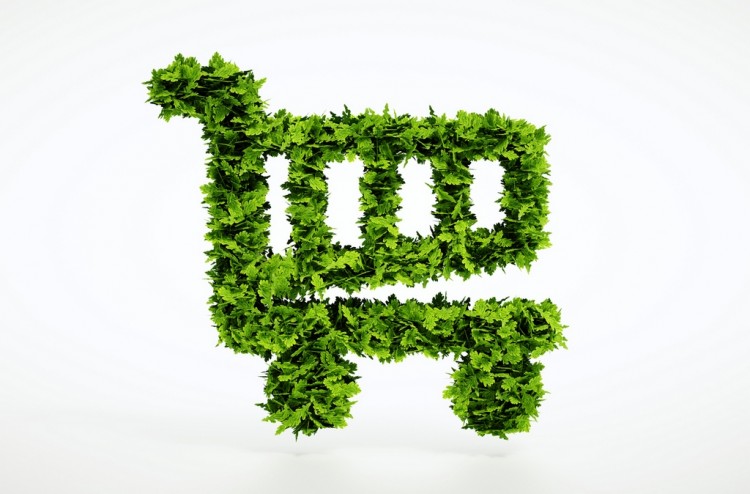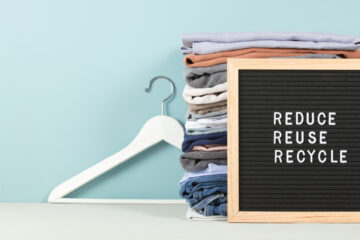Going Green: How Openbravo Helps You Achieve a More Sustainable Retail Business

Going green isn’t just smart from a sustainability standpoint. It also makes sense from a business perspective, saving retailers money and making stores more attractive to today’s increasingly environmentally-conscious customers.
How does a retailer go green? There are many areas to focus on, not just inside stores but throughout the supply chain. Fortunately, modern retail technology solutions offer increasingly integrated and practical tools that will help retailers make an even greater impact on reducing excess waste and energy usage. Here are a few examples:
Increasing energy-efficiency in stores
Retailers can reduce the environmental impact of their stores in various ways, such as using recycled or biodegradable materials for their products and displays, using non-toxic cleaning products, and implementing energy-efficient lighting, air conditioning, and computer equipment.
Traditional counter-top point-of-sale machines, for example, use a lot of electricity, so it makes sense to switch to more energy-efficient mobile POS. As well as being greener, mobile POS benefits stores by providing greater control over sales and inventory movements and accepting a greater variety of payment methods.
Cloud-based retail solutions with a flexible subscription plan allow retailers to migrate to mobile devices at their own pace, starting with a few or a few hundred devices. All devices can be updated at the same time from a single location, rather than going from store to store, which reduces the time needed for IT maintenance tasks as well as the associated carbon footprint.
Reducing waste behind the scenes
One key area where retailers, particularly in the fashion sector, can make a significant impact on waste is by reducing overstock, which either has to be sold at a loss or ends up in landfills. Large retailers that do not have a effective reverse logistics strategy can find themselves burdened with excessive transport costs – not to mention a hefty carbon footprint.
Using demand forecasting software, retailers can predict the expected demand for seasonal items more accurately than before and so optimize inventory levels, placement and distribution. A recent KMPG report suggests that more accurate forecasting can reduce standing inventory by up to 30%. At the same time, Advanced warehousing software also offers key energy-saving capabilities such as task prioritization, self-replenishing and travel sequencing.
These tools can help retailers optimize their operations and react more quickly and efficiently to real-time trends, deviations and even returns, so that the incidence of overstock is greatly reduced. Fashion heavyweight Uniqlo, for example, manages to send overstock or returns back to the textile manufacturer so that items which do not sell can be re-purposed into new items.
Retail technology essential for reducing environmental impact
Retailers often operate with tight profit margins, and may shy away from investing in environmentally-friendly technologies. KMPG predicts that by 2020 there will be an even greater emphasis on managing environmental impacts such as carbon footprint, energy usage and recyclability.
Fortunately, today’s retail software solutions such as Openbravo give retailers access to essential tools that will not only lower the environmental impact of their business but also reduce costs, increase efficiency, and ultimately boost profit margins.
To find out more about Openbravo’s Demand Forecasting and Inventory Planning capabilities, watch our webinar, Demo for Retailers: Demand Forecasting & Inventory Planning-Openbravo & frePPLe.




No Comment